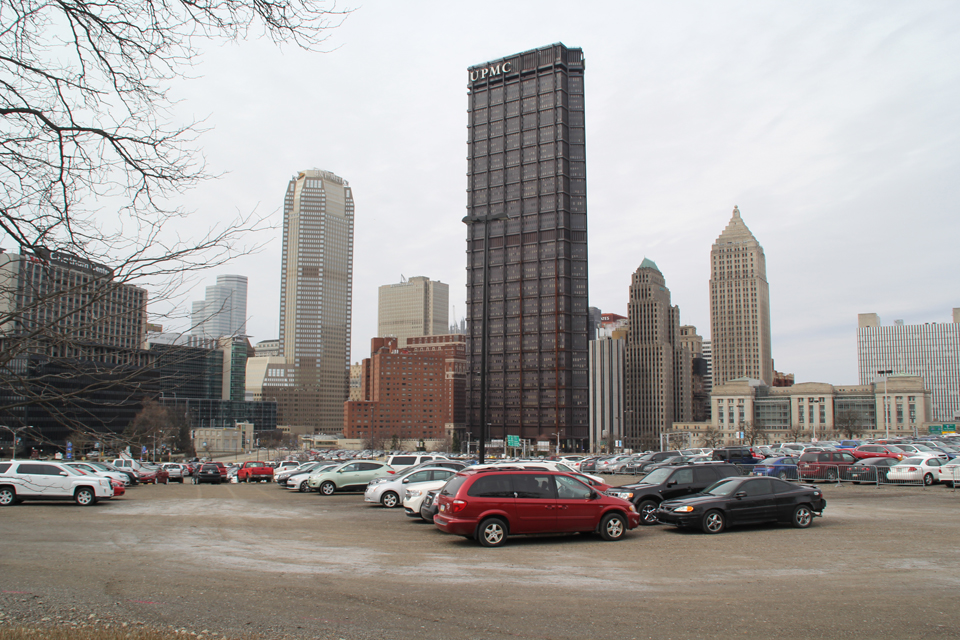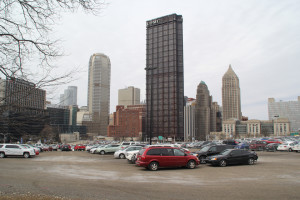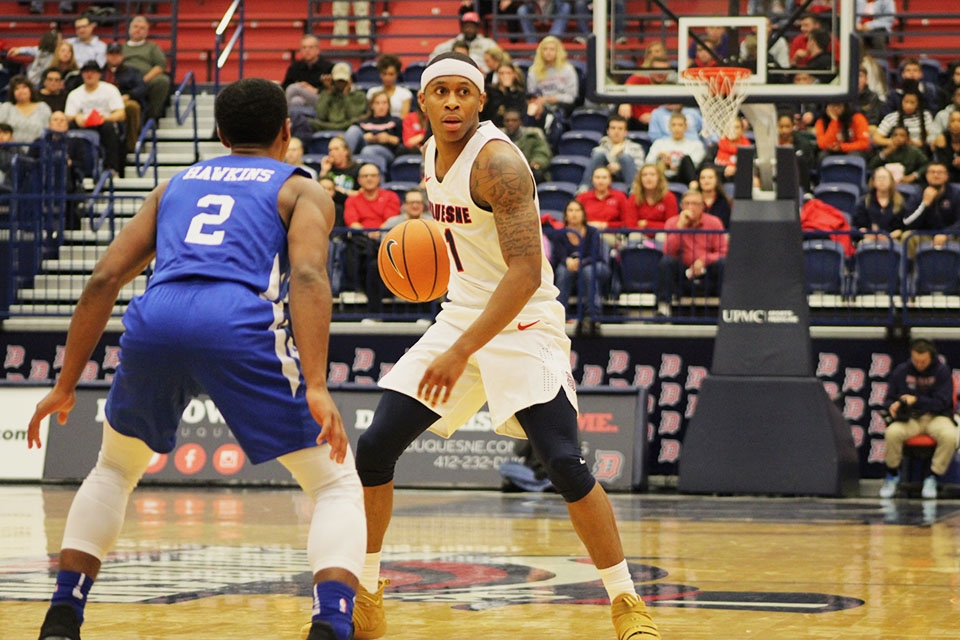

By Pat Higgins | Asst. Sports Editor
It was a failure to secure federal grant money from the Department of Transportation last September that first threw a hitch in the Lower Hill Redevelopment Project where the Civic Arena once stood.
As the Oct. 31 option agreement deadline for the redevelopment of the 28-acre site in the Lower Hill looms, Penguins executives and city officials are in the process of negotiating affordable housing plans, but currently stand divided on the specifics.
After much of the Lower Hill was demolished in the late 1950s to make room for the Civic Arena and other urban renewal efforts, the Hill District was disconnected from Downtown and effectively surrendered economic viability. The city cleared 95 acres of the Hill District neighborhood, destroying 1,300 buildings and displacing 413 businesses and 1,600 families, according to the Sports and Exhibition Authority’s Lower Hill Redevelopment Plan.
Now the Penguins, who won the rights to the development project in 2007, control the redevelopment project, and for the time being, have a stake in who will and will not be able to afford to live in the redeveloped Lower Hill.
Penguins officials and St. Louis-based developer McCormack Baron Salazar, Inc. have set the limit for affordable housing at 20 percent. But Hill leaders, recognizing the opportunity to reclaim what was lost in the construction of the cultural district 50 years ago, remain adamant that 30 percent of residential units must be available to households at or below the 50 percent median income threshold, according to the Hill District Master Plan.
Mayor Bill Peduto, who called discussions “open and honest,” said “no door has been shut” in the negotiations and remains optimistic that “we may be able to meet that October deadline,” even if that involves the city stepping in to mediate.
But according to Carl Redwood, co-director of the Hill District Consensus Group, the Penguins are not trying to accommodate those who live in the Lower Hill.
“The Penguins must follow the Hill District Community Plan. If they don’t follow it, then they can’t develop the Hill District,” Redwood said. “If we build housing in the Lower Hill that doesn’t consider lower income residents and doesn’t prepare for low income folks to live there, then people who currently live in the Lower Hill will be displaced.”
Redwood said the Consensus Group is also fighting for opportunities for Hill District business owners in inclusionary retail plans, to preserve the neighborhood’s cultural legacy in naming streets and ultimately revert what he called the city’s 50-year process of forcing “black people and lower income folks out of the city because they can’t afford to rent here in Pittsburgh.”
Redwood said this is an important time moving forward in the Hill District community’s plans. But over the next 30 years, “we really need to ramp up our efforts to develop the Hill, and the real question is ‘Who are we developing for?’ We have to develop for current community residents, not just for people who live outside of the city.”
The Penguins declined to comment after several calls from The Duke.
According to the most recent master plan released last May, the site will include 1,192 residential units, 200,101 square feet of retail space and 691,962 square feet of office space, a 150-room hotel and a 2,310-seat movie theater.
Peduto referenced the model of the residential neighborhood between Crawford and Roberts Streets, where developers were able to meet the 30 percent threshold, as a good example for developers of a “quality of design that enhances the community.”
“When you’re looking at mixed income housing, what you don’t want to do is create one level of housing in one area and another level in another area,” Peduto said. “You really want it to be mixed.”
Ultimately, the latest point of dispute surrounds the status of about 120 residential units. The Penguins currently have developmental rights over the site and must submit a Zoning Code Agreement and a Preliminary Land Development Plan before October to move forward.
The mayor stressed that the Penguins need to finalize the option agreement that will set the “groundwork for the entire process that follows.” Once that passes, initial infrastructure construction for gentrification – new signage, lighting, landscape standards – will begin. And once the infrastructure is in place, Peduto believes the community will find a spur of builders who will be “more anxious about developing and investing because the public area has already been improved.”




